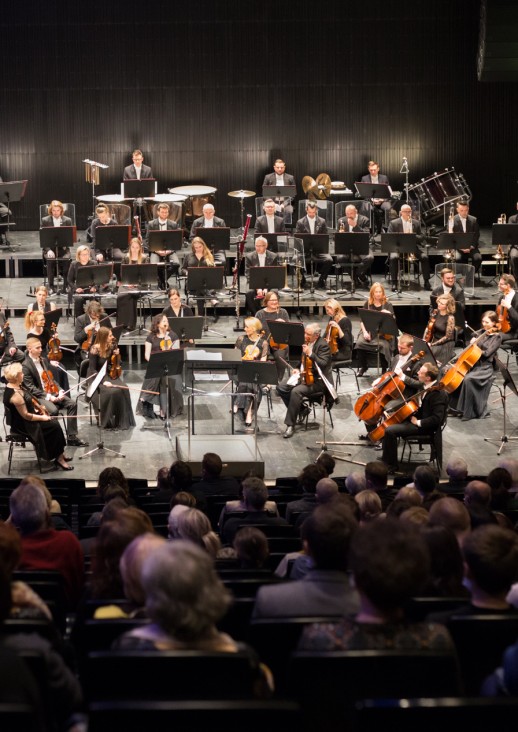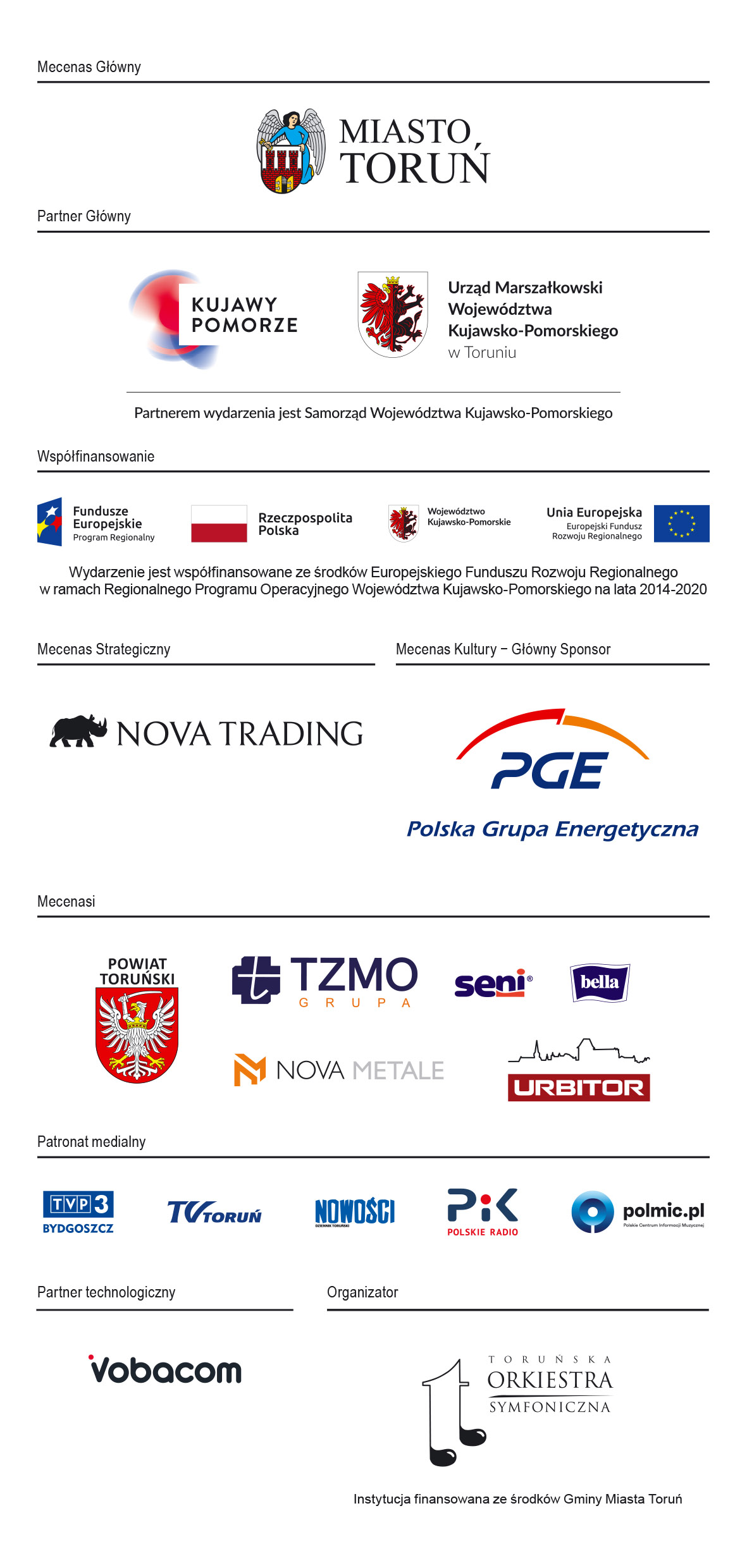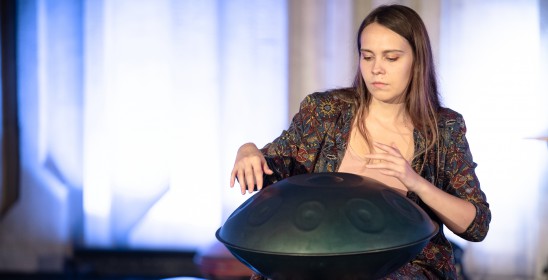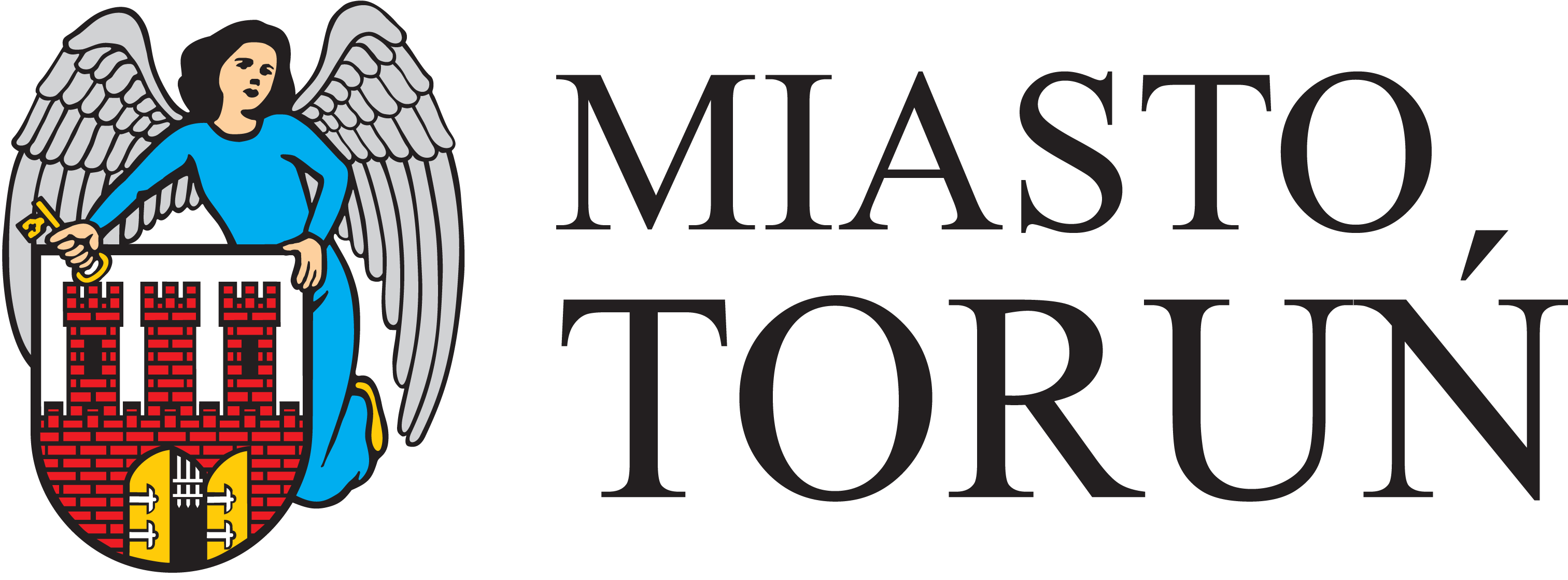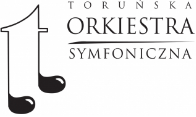Asian Perfection 2 / symphonic concert
The concert will be held under The 26th International Festival "Nova Music and Architecture", Toruń/Kujawsko-Pomorskie 2022
Kujawy + Pomorze – promotion of the economic potential of the region – 2nd
Artists:
Soyung Yu - soprano
Kim Jongdoo - baritone
Toruń Symphony Orchestra
Kim Jaeha - conductor
Gabriela Ułanowska - introduction
Programme:
G. Verdi – Overture from opera La forza del Destino
U. Giordano – Aria Nemico della Patria from opery Andrea Chenier
R. Stolz – Aria Spiel auf deine Geige from operetta Venus in Seide
F. Chopin – Spring No. 2, Op.74
R. Leoncavallo – Aria Si può?... Si può?... Signore! Signori! ... Un nido di memorie from opera Pagliacci
I. Kalman – Heia, heia, in der Bergen from operetta Die Csárdásfürstin
F. Lehar – Lippen Schweigen from operetta Die lustige Witwe
F. Mendelsshon – Symphony No. 4 in A major, Op. 90 “Italian”
This time, Asian Perfection will reach mainly for opera and operetta. The programme includes the true masterpieces of these genres.
The evening tryst of Donna Leonora and Don Alvaro ends in tragedy: the death of the girl’s father: Markiz di Calatrava. Similarity of the plot to The Power of Fate by Giuseppe Verdi (1813-1901) with Mozart’s Don Govanni is no accident. This ‘too long, chaotic’ and contrasting opera by Verdi opens with the most recognisable ouverture by the author of Traviata, based on the famous theme of fate.
Let’s move to the masterpieces of verismo. Andrea Chénier – the tragic eponymous character from Umberto Giordano’s (1867-1948) opera is, according to Piotr Kamiński, ‘a dreamer betrayed by his own dreams, an intellectual crushed by the history he trusted in a moment of weakness’. Maybe this is why at first Gérard couldn’t see him as an enemy of the state (the Nemico della patria aria). The concept of theatre within the theatre that is to reveal the true tragedy of the characters is presented to the audience of Ruggero Leoncavallo’s (1858-1919) Pagliacci (Clowns) by the hunchback Tonio, dressed in the costume of Taddeo – a character from the commedia dell’arte performing the Si può? aria. Si può?... Signore! Signori!... Un nido di memorie.
The Hungarian composer Emmerich (Imre) Kálmán (1882-1953) belongs to the pantheon of Vienna operetta creators, next to the king of waltz, Johann Strauss, and the Prince of Vienna music, Franz Lehár (1870-1947). The evening programme includes the hits such as: Heia, heia, in der Bergen! – Sylvia’s aria from the first act of The Gypsy Princess by Kálmán, Lehár’s famous waltz from The Merry Widow and the Spiel auf deiner Geige! aria from Venus in Silk by Robert Stolz (1880-1975).
The musical cornucopia will be overfilled with: Spring, Op. 74, No. 2 by Frédéric Chopin (1810-1849) and the Symphony No. 4 in A Major, Op. 90 by Felix Mendelssohn (1809-1948) that is also referred to as Italian. This is because it was ordered by the Philharmonic Society of London in 1832 and coincided with the composers’ former stay in Italy. In his letters from the 1830 Italian voyages, Mendelssohn often mentioned his intention to capture the Italian ambiance in a symphonic form. The order from London only accelerated its completion.
The entire symphony is characterised by order, proportion and symmetry. The serene ambiance of the composition brings to mind the ancient beauty of Italy and its exceptional Mediterrenean climate. Throughout the piece, Mendelssohn used bright and delicate sounds. Even the temperamental, orchestral tutti in the finale can’t overshadow the lacey harmony, lightness, and elegance of the sound. Its expressive and very visual form makes listening to the piece a true pleasure.
Aneta Derkowska

